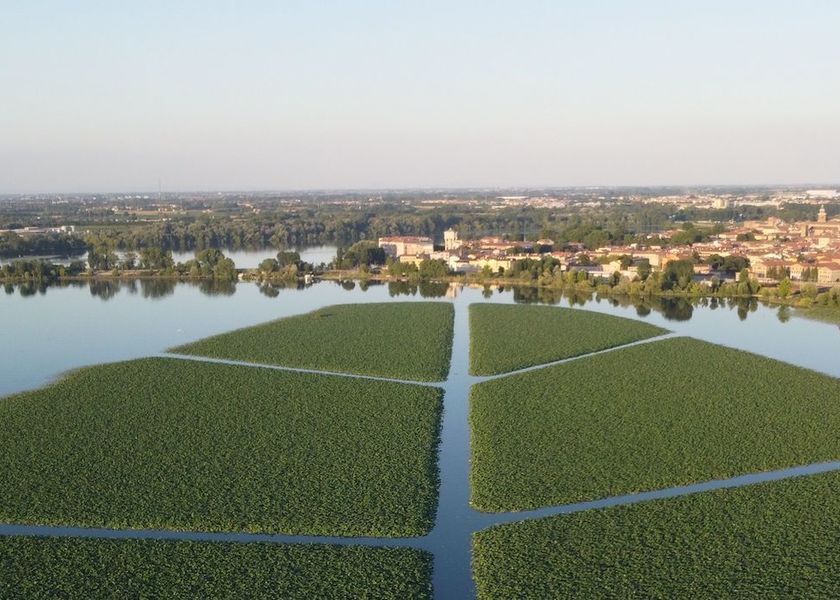Mantova

In between three artificial lakes lies Mantova. With its medieval and renaissance cityscape it is a perfect place for tourists to explore and enjoy what Northern Italy has to offer.
Mantova is one of Italy’s main artistic, cultural, and musical hubs. The city played a significant role in the history and development of opera. The city was renovated by the Gonzaga family in the 14th century. Their architectural heritage can still be seen to this day. The old family residence Palazzo Ducale is an absolute must see. Right outside the city is Palazzo Te, another beautiful, historic building worth a visit. Mantova’s old town is protected by the UNESCO World Heritage Site.
Economy
Mantova’s economy is focused on processing and shipping agricultural products both nationally and internationally. Tourists also provide a huge income for the city.
Interests and Future Goals
Mantova aims at becoming a greener, more inclusive and liveable city for its citizens and for tourists. Several activities have been undertaken to reach the goals of reinforcing the digital infrastructure, connecting the physical and digital world and administrative services, and constructing closer and more fruitful relations with local, regional and national stakeholders. Mantova worked for the digitalisation of the cultural heritage in order to enlarge its promotion and fruition offering visitors a complete experience. Mantova’s widespread urban museum has been created and published on Google arts and culture portal. In relation to mobility, many efforts were made with the “Bike to work” pilot project and the adoption of the Sustainable Urban Mobility Plan. As for the creation of digital infrastructure, the public light system was developed through smart management systems able to check consumption levels and efficiency starting from real needs. Other actions have been undertaken to guarantee an efficient digital infrastructure, some examples are video surveillance system integrated with AI instruments, smart parking management, a new public WI-FI system, activation of the electric car sharing system, management of the waste collection remotely thanks to the smart “City Bin” system, and the usage of drones with thermic and ultra-red systems for environmental analysis to detect ethernet and amianthus roofs.
The local ecosystem, working at various levels on innovation, is the main factor able to guarantee the success of actions developed and the challenges to be tackled: stakeholders from cultural sector, universities, professional orders and associations have been included in activities, pilot actions, events and policies definition.
An integrated urban management that takes into account environmental, economic, social and cultural sustainability is the core objective of policies and planning activities the Municipality designed and implemented. The systematization of different plans, technologies, and activities will be made with the objective of designing and implementing the renewed City Plan in the next few years as a synthesis of strategies from different sectors.The City is deeply involved in activities to meet the 2030 and 2050 targets studying and trying to apply innovative and digital solutions to tackle the challenges in the set of rules and legislation a UNESCO city needs to respect. The Sustainable Urban Mobility Plan (SUMP) adopted in 2019 that promotes sustainable mobility for a green, inclusive and smart city able to increase citizens quality of life and to protect the historical, cultural and environmental Heritage.
Your cookie preferences
We use cookies and similar methods to recognize visitors and remember their preferences. To learn more about these methods, including how to disable them, view our cookie policy.

